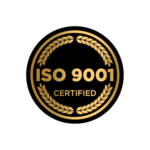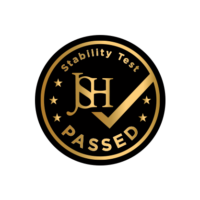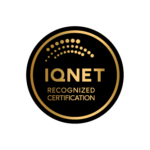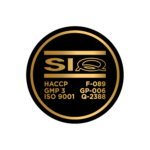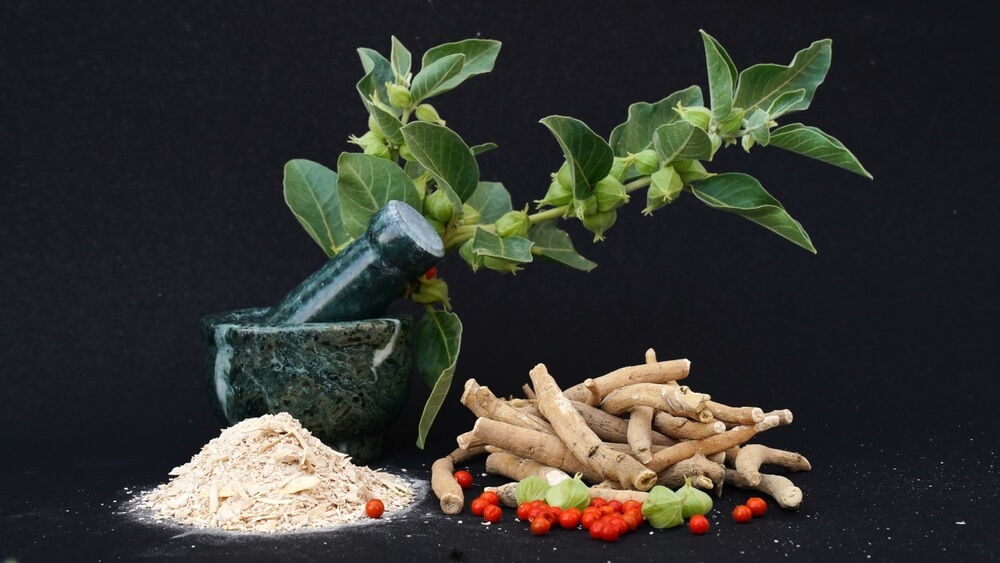

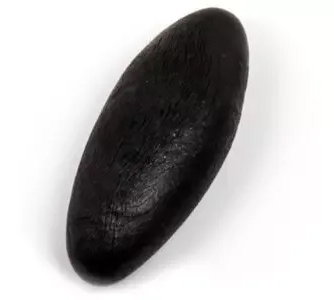

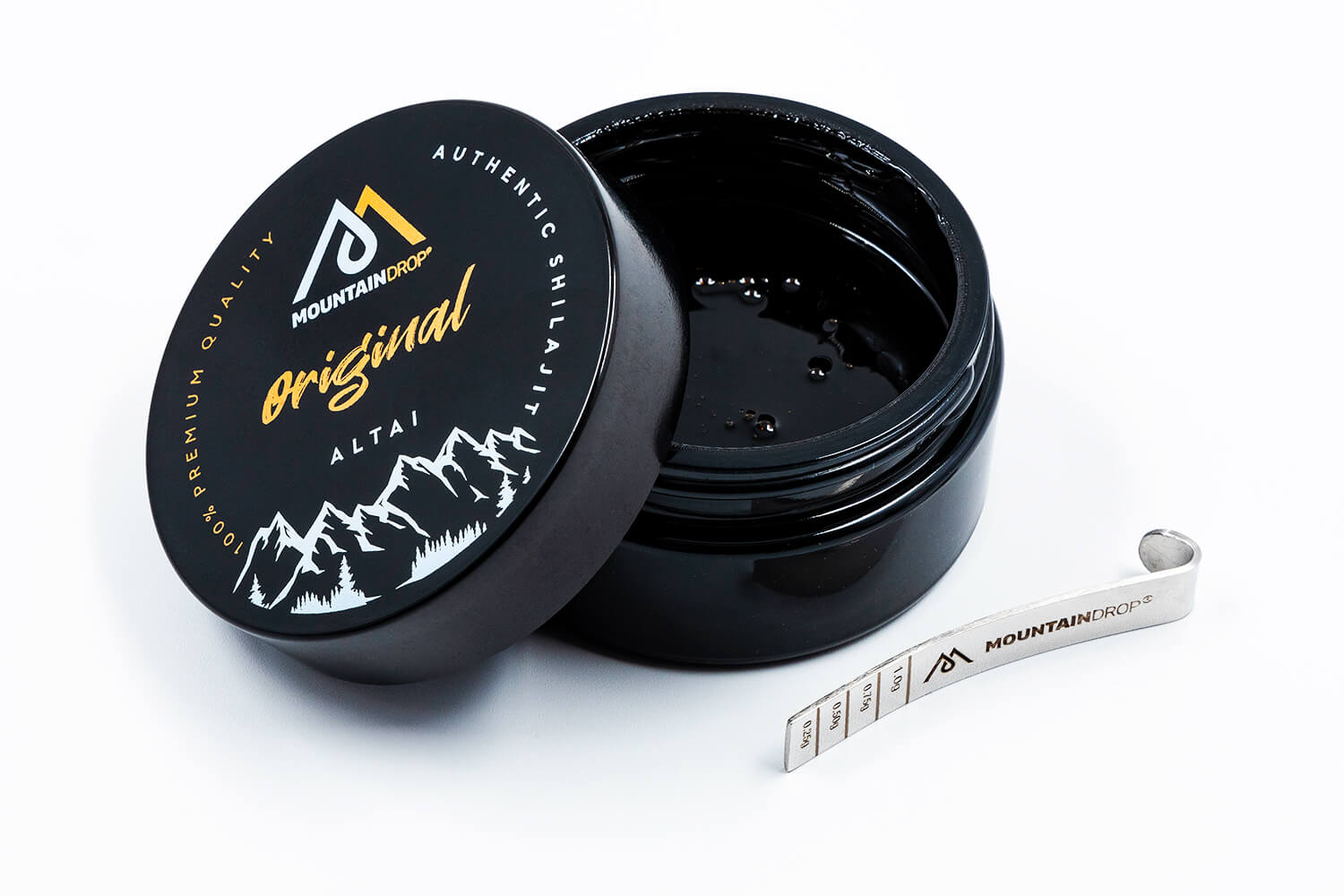
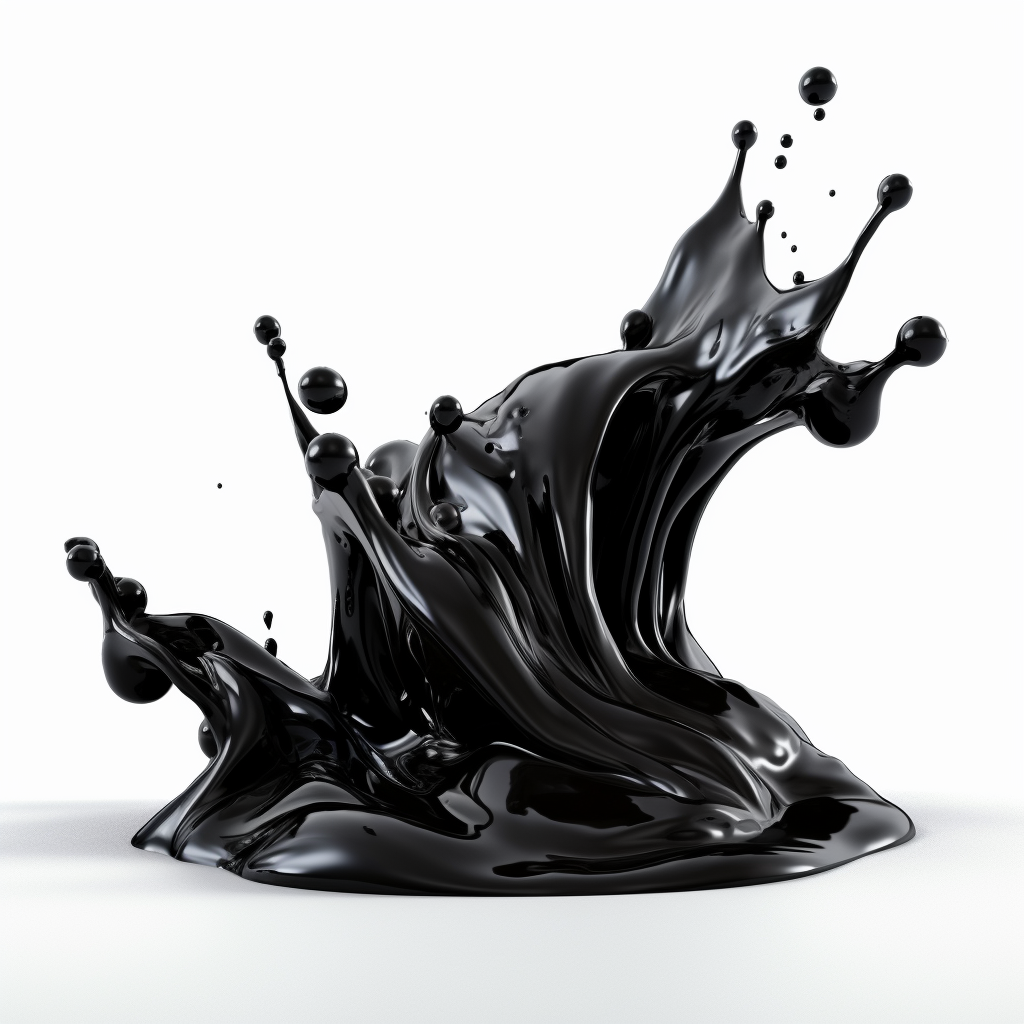
Otros enlaces:
en la UE: EFSA (Autoridad Europea de Seguridad Alimentaria),
en Estados Unidos: NCBI (Centro Nacional de Información Biotecnológica)
Otros estudios médicos en EEUU:
NaturalNews. Oficina de noticias de America's Truth
Estudios médicos en el resto del mundo:
http://www.hindawi.com/journals/ijad/2012/674142/citations/
Hill, Carol; Forti, Paolo (1997). Cave minerals of the world, Volume 2. National Speleological Society. National Speleological Society. pp. 217-23. ISBN 978-1-879961-07-4.
Ahmed R. Al-Himaidi, Mohammed Umar (2013). "Uso seguro del salajeet durante el embarazo de ratones hembra". Revista de ciencias biológicas. 3 (8): 681–684. doi:10.3923/jbs.2003.681.684.
Anna Aiello, Ernesto Fattorusso, Marialuisa Menna, Rocco Vitalone, Heinz C. Schröder, Werner E. G. Müller (septiembre de 2010). "Medicina tradicional Mumijo: Fossil Deposits from Antarctica (Chemical Composition and Beneficial Bioactivity)". Medicina complementaria y alternativa basada en la evidencia. 2011: 738131. doi:10.1093/ecam/nen072. PMC 3139983De libre acceso. PMID 18996940.
ASh Shakirov: Antimicrobial Action of mumiyah-asil in Connection with some Pus Causing Microorganism (russisch) In: Materials of the Secound Scientific Conference of the Young Scholar-Physicians of Uzbekistan, pp. 127-128, Tashkent (1966)
ASh Shakirov: Tratamiento de heridas infectadas por mumiyah. En el experimento (ruso).En Materiales de la Conferencia Científica Práctica del Instituto de Formación Avanzada de Médicos de Tashkent, pp. 58-59, Tashkent (1966).
Benno R. Meyer-Hicken: Über die Herkunft der Mumia genannten Substanzen und ihre Anwendung als Heilmittel. Diss. Fachbereich Medizin, Universität Kiel 1978.
Bucci, Luke R (2000). "Selected herbals and human exercise performance". The American Journal of Clinical Nutrition. 72 (2 Suppl): 624S-36S. PMID 10919969.
Carl Reichert: Die Mumia nativa oder Muminahi, eine Art prähistorisch-antiseptisches Verbandmittel in Persien. En: Deutsches Archiv für Geschichte der Medicin u. medicinische Geographie 3, 1880; Neudruck Hildesheim und New York 1971; S. 140-145.
David Winston y Steven Maimes. Adaptogens: Herbs for Strength, Stamina, and Stress Relief, Healing Arts Press, 2007. ISBN 978-1-59477-158-3
Faruqi, S.H. 1997, Naturaleza y origen del salajit, Hamdard Medicus, Vol XL, abril-junio, páginas 21-30
Frolova, L. N.; Kiseleva, T. L. (1996). "Composición química del mumijo y métodos para determinar su autenticidad y calidad (una revisión)". Revista de Química Farmacéutica. 30 (8): 543–547. doi:10.1007/BF02334644.
Frolova, L. N.; Kiseleva, T. L.; Kolkhir, V. K.; Baginskaya, A. I.; Trumpe, T. E. (1998). "Antitoxic properties of standard dry mumijo extract". Revista de Química Farmacéutica. 32 (4): 197–199. doi:10.1007/BF02464208.
Gerhard Steinmüller: Perlen der russischen Medizin. 1. Auflg. Stadtdruckerei, Pawlograd, Ucrania 1993, S. 11-13.
Ghosal, S., B. Mukherjee y S. K. Bhattacharya. 1995. Ind. Journal of Indg. Med. 17(1): 1-11.
Ghosal, S.; Reddy, J. P.; Lal, V. K. (1976). "Shilajit I: Chemical constituents". Revista de Ciencias Farmacéuticas. 65 (5): 772–3. doi:10.1002/jps.2600650545. PMID 932958.
Hill, Carol A.; Forti, Paolo (1997). Minerales cavernícolas del mundo. 2 (2ª ed.). National Speleological Society. p. 223. ISBN 978-1-879961-07-4.
http://www.bgr.bund.de/DE/Themen/Sammlungen-Grundlagen/GG_Sammlungen/Objekt_Monat/1004_mumiyo.html
Igor Schepetkin, Andrei Khlebnikov, Byoung Se Kwon, Fármacos médicos a partir de materia de humus: Focus on mumijo [3]
Joshi, G. C., K. C. Tiwari, N. K. Pande y G. Pande. 1994. Bryophytes, the source of the origin of Shilajit - a new hypothesis. B.M.E.B.R. 15(1-4): 106-111.
Jürgen Bause: Gesundheit aus den Bergen Asiens. Wissenschaftsverlag Ulm, 2007, ISBN 978-3-9811471-0-0.
Kiseleva, T. L.; Frolova, L. N.; Baratova, L. A.; Baibakova, G. V.; Ksenofontov, A. L. (1998). "Estudio de la fracción de aminoácidos del extracto seco de mumijo". Revista de Química Farmacéutica. 32 (2): 103–108. doi:10.1007/BF02464176.
Kiseleva, T. L.; Frolova, L. N.; Baratova, L. A.; Ivanova, O. Yu.; Domnina, L. V.; Fetisova, E. K.; Pletyushkina, O. Yu. (1996). "Effect of mumijo on the morphology and directional migration of fibroblastoid and epithelial cellsin vitro". Revista de Química Farmacéutica. 30 (5): 337–338. doi:10.1007/BF02333977.
Kiseleva, T. L.; Frolova, L. N.; Baratova, L. A.; Yus'Kovich, A. K. (1996). "HPLC study of fatty-acid components of dry mumijo extract". Revista de Química Farmacéutica. 30 (6): 421–423. doi:10.1007/BF02219332.
Kizaibek, Murat (2013). "Avances en la investigación de Tasmayi". Zhongguo Zhong Yao Za Zhi. 38 (3): 443–448. doi:10.4268/cjcmm20130331.
Lal, VK; Panday, KK; Kapoor, ML (1988). "APOYO LITERARIO AL ORIGEN VEGETAL DEL SHILAJIT" (PDF). Ancient Science of Life,. 7: 145-8. PMC 3336633De libre acceso. PMID 22557605.
Robert Talbert - SHILAJIT - a materia medica monograph - California College of Ayurveda "Shilajit", 2004
S. Ghosal, J. Lal, Sushil Singh: La estructura del núcleo del humus de shilajit. Soil bio.biochem.Vol 23, No.7, 673-80 (1991)
S. Ghosal, Reddy Lal, J.P. Shilajit I: Constituyentes químicos J. pharm Sci., pp 772-773 (1976)
S. Ghosal, S. Singh, R. Srivastava: Shilajit II: Biphenyl-metabolites form Trifolium repens. J.Chem. Research pp 196-197 (1988)
S. Ghosal: Shilajit VII: Chemistry of shilajit, an immunmodulatory ayurvedic rasayan. Pure Appl. Chem., Vol 62, No.7,pp 1285-1288 (1990)
Schepetkin, Igor; Khlebnikov, Andrei; Kwon, Byoung Se (2002). "Fármacos médicos a partir de materia de humus: Focus on mumie". Investigación sobre el desarrollo de fármacos. 57 (3): 140–159. doi:10.1002/ddr.10058.
Schepetkin, Igor; Khlebnikov, Andrei; Kwon, Byoung Se (2002). "Fármacos médicos a partir de materia de humus: Focus on mumie". Investigación sobre el desarrollo de fármacos. 57 (3): 140–159. doi:10.1002/ddr.10058.
Shamarpa Rinpoche: Sangye Menla, approche spirituelle de la médecine tibétaine. Traduction de Jérome Edou, 47 p.Ed. Dhagpo Kagyu-Ling Montignac (1982)
Shibnath Ghosal (enero de 2009). "Chemistry of shilajit, an immunomodulatory Ayurvedic rasayan". Química pura y aplicada. 62 (7): 1285–1288. doi:10.1351/pac199062071285.
El mecanismo antioxidante - genoprotector del preparado Mumijo-Vitas [2]
Wilson, Eugene; Rajamanickam, G. Victor; Dubey, G. Prasad; Klose, Petra; Musial, Frauke; Saha, F. Joyonto; Rampp, Thomas; Michalsen, Andreas; Dobos, Gustav J. (junio de 2011). "Revisión sobre el shilajit utilizado en la medicina tradicional india". Revista de etnofarmacología. 136 (1): 1–9. doi:10.1016/j.jep.2011.04.033. PMID 21530631.
Winston, David; Maimes, Steven (2007). "Shilajit. Adaptogens: Herbs for Strength, Stamina, and Stress Relief. Inner Traditions / Bear & Company. pp. 201-204. ISBN 978-1-59477-969-5. Recuperado el 29 de noviembre de 2010.
Wolfgang Windmann: Mumijo- Das schwarze Gold des Himalaja. Windpferd-Verlag, 2005, ISBN 978-3-89385-475-2.
Yarovaya, Sofiya Alekseevna - Preparados médicos a base de Mumijo [1]
Zahler, P; Karin, A (1998). "Origen de los componentes florísticos del Salajit". Hamdard Medicus. 41 (2): 6-8.
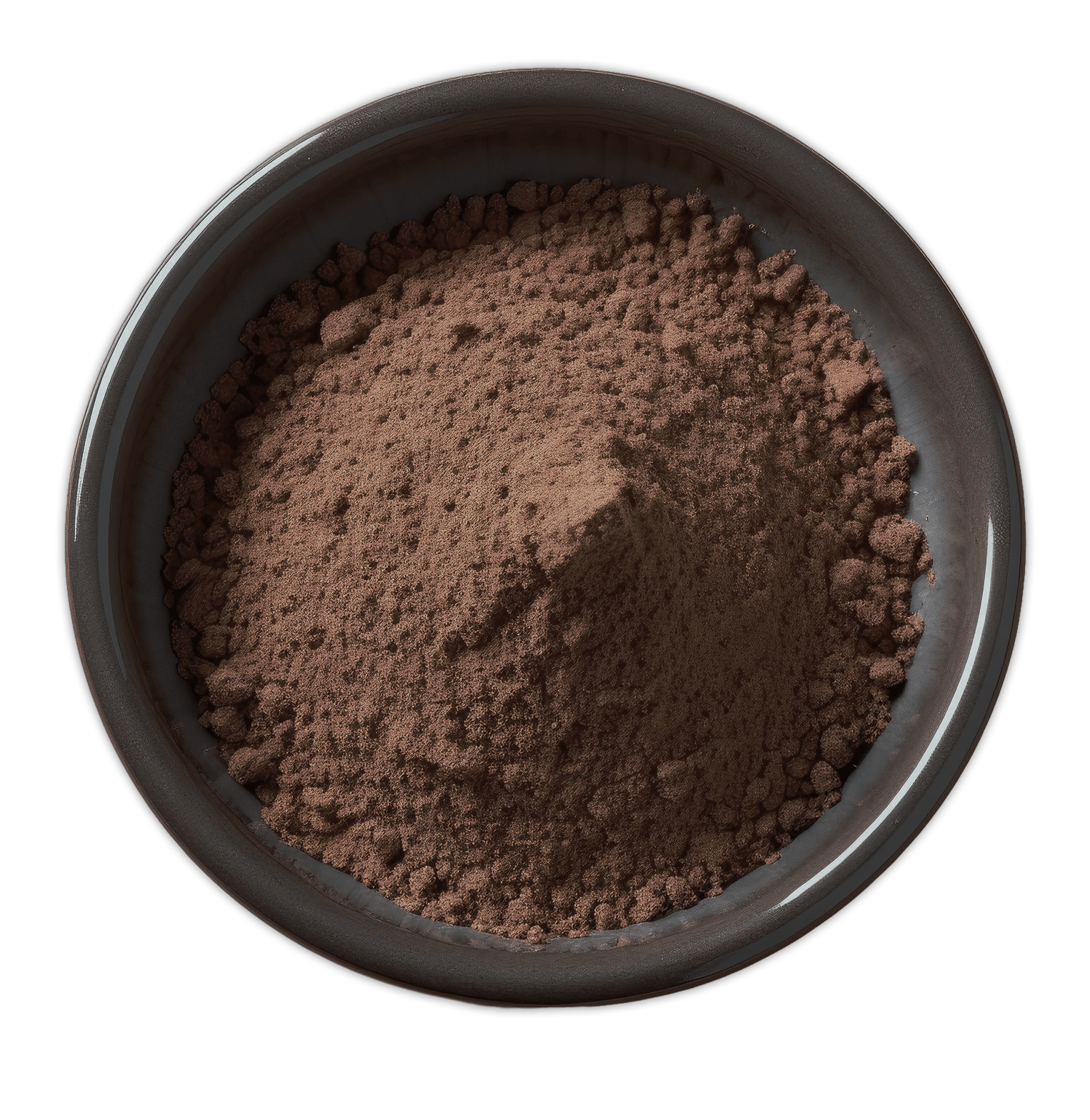
La sustancia Shilajit se presenta de forma natural en forma de gotas resinosas. Su viscosidad cambia en función de la temperatura. Otros estados o formas agregadas (como polvo, comprimidos, etc.) requieren el procesamiento de la materia prima y la adición de otras sustancias, incluida el agua clorada. Durante este procesamiento, la sustancia pierde sus preciosas propiedades y energía, lo que también ha sido comprobado por un radiestesista midiendo su pureza y biocampo.
La perfección de la naturaleza reside en su sencillez. Cuando modificamos los frutos que nos ofrece, modificamos también su esencia primordial, lo que puede hacer más mal que bien. Hay muchos productos en polvo en el mercado; en su caso, se ha eliminado el agua que contenía la sustancia original. Al modificar la composición de una sustancia, cambian su energía y sus propiedades originales.
La resina de Shilajit de Mountaindrop es la mejor elección. Al estar en una forma que es más fiel a la naturaleza, la resina cuenta con una concentración más rica de compuestos beneficiosos. Esto garantiza una auténtica experiencia Shilajit, libre de aditivos innecesarios, y permite una fácil mezcla en líquidos. Al elegir nuestra resina, aprovecha todos los beneficios inalterados de este antiguo superalimento.



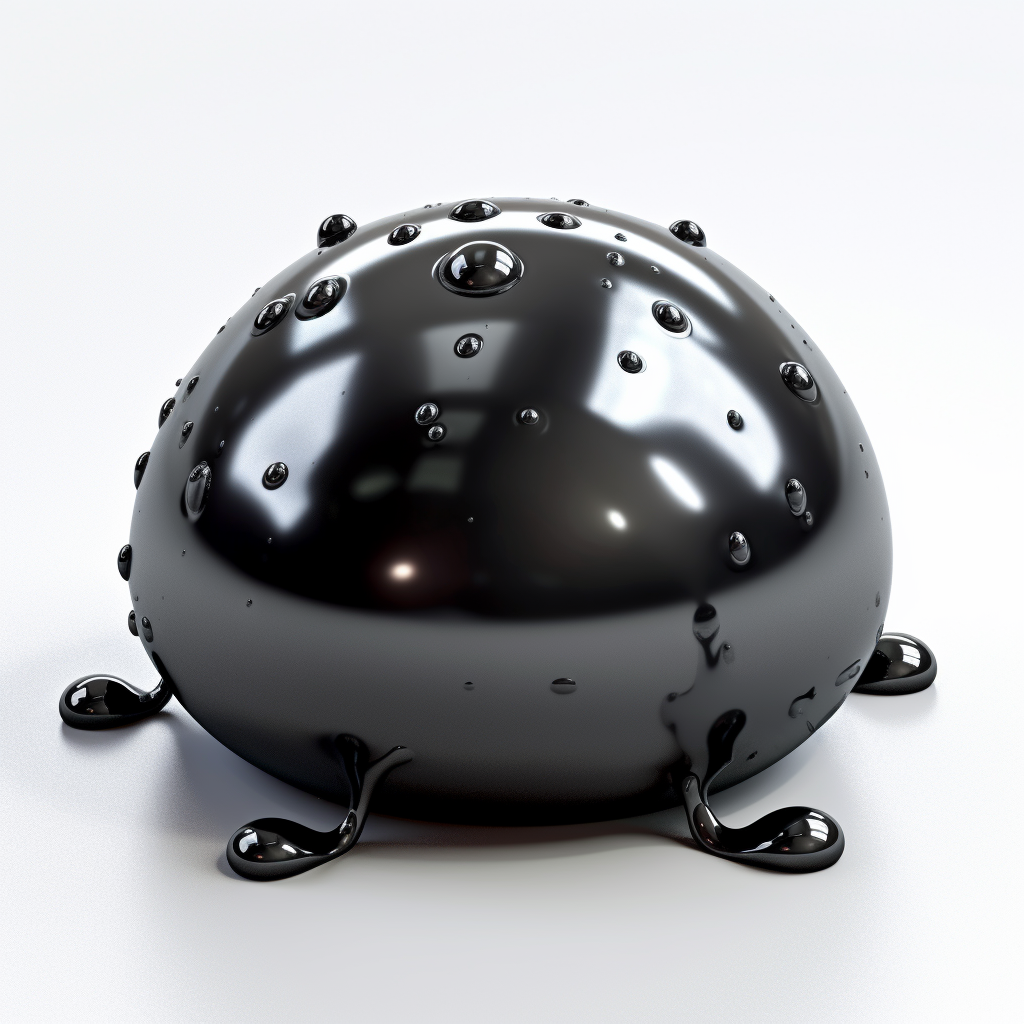
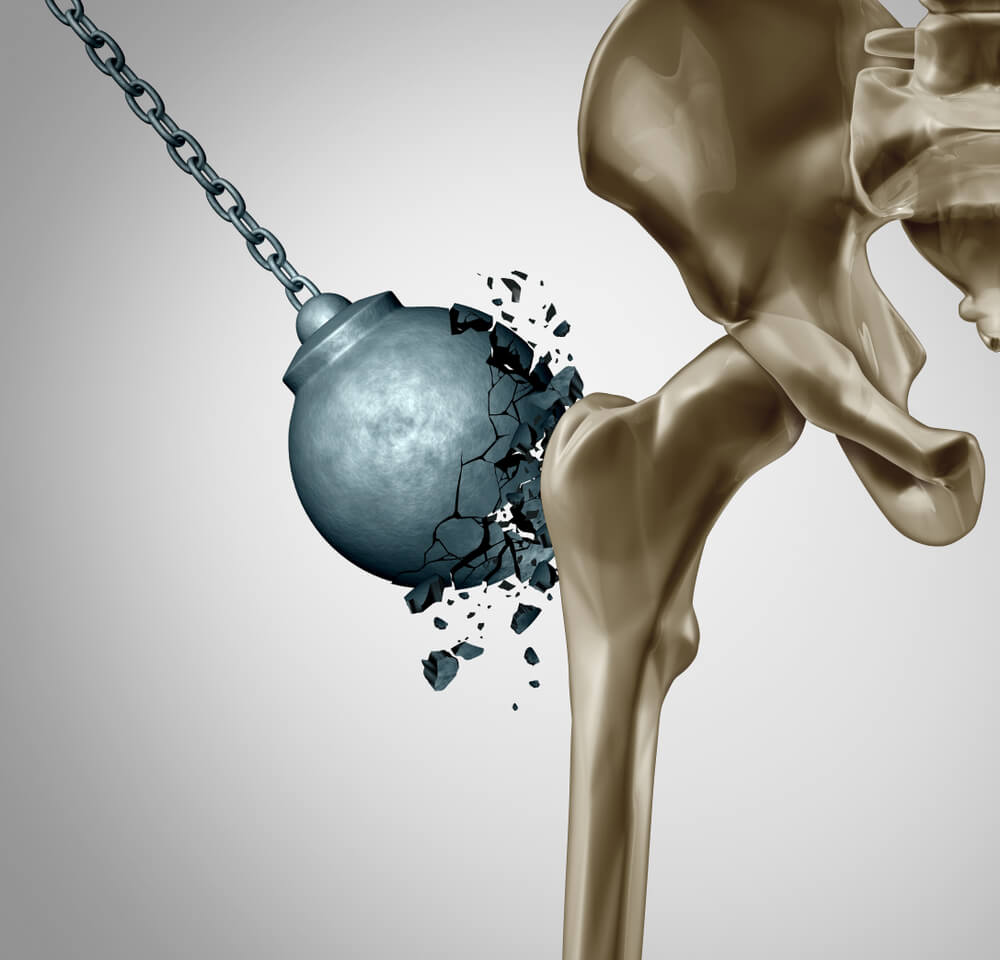



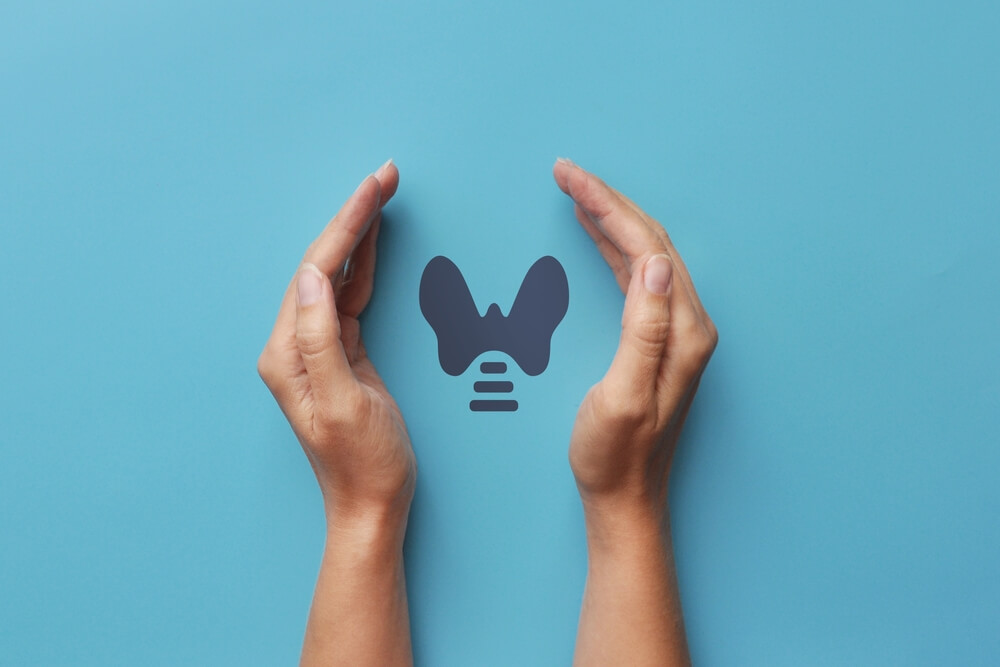

Copyright 2024 © Mountaindrop. Todos los derechos reservados. Desarrollado por EOSNET

